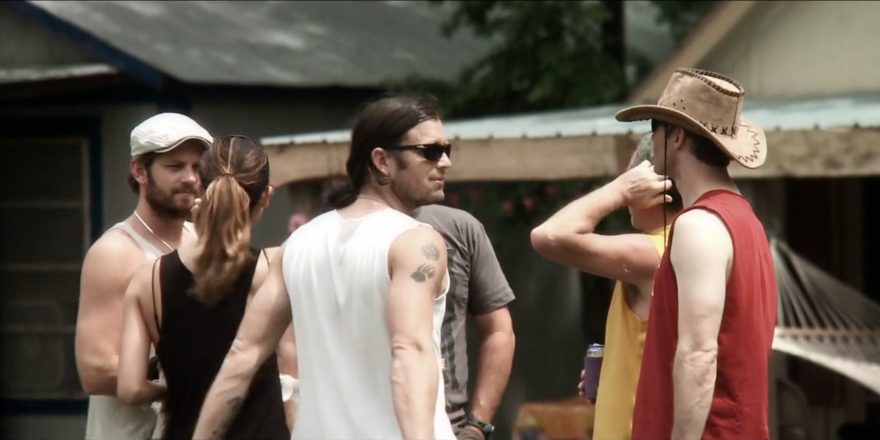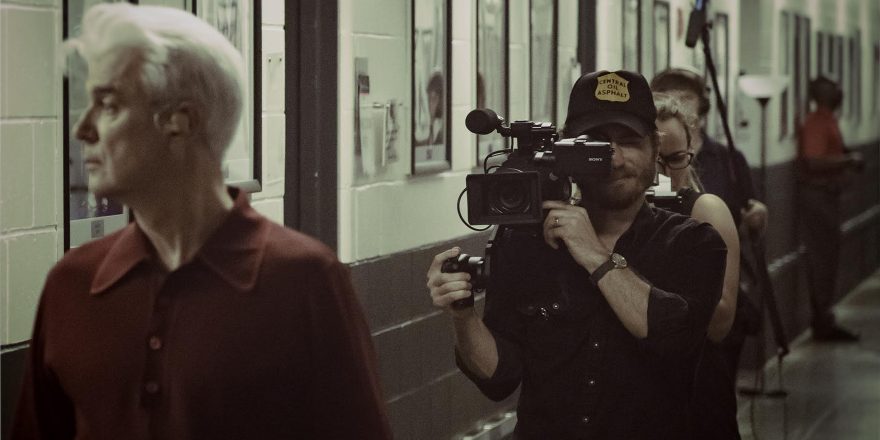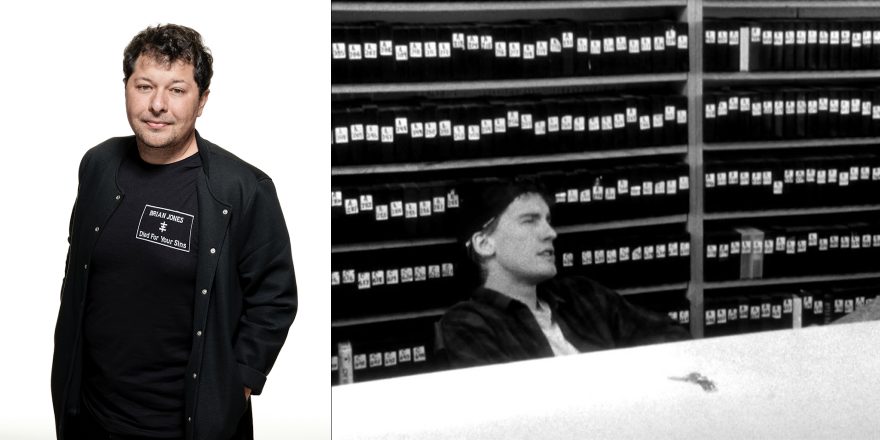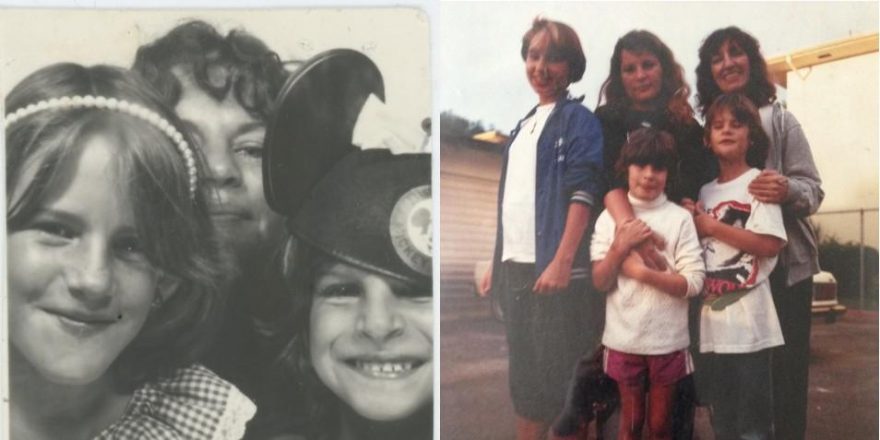April marks the 10th anniversary of Grammy-nominated documentary Talihina Sky: The Story of Kings of Leon, which premiered at the Tribeca Film Festival in 2011. As a longtime New Yorker and first-time filmmaker, this was a surreal and overwhelming way to begin my career. But the roots of the film go many years further back than that. I first met brothers and bandmates Nate, Caleb and Jared Followill, along with their cousin Matt Followill, in Nashville, Tennessee, in early 2001, as they were struggling to form their family band. Fast forward to 2011, Kings of Leon were now the biggest rock stars in the world. Hell, even their cousin Christopher Followill, a Kings of Leon roadie, was famous, especially overseas where crowds chanted his nickname, “Nacho,” before shows. These were no longer the sheltered boys who invited me to attend the annual Followill-Brown Family Reunion celebrated on Memorial Day at Reunion Park outside of Talihina, Oklahoma, part of Choctaw Nation: they had headlined Glastonbury Festival, sold out Madison Square Garden, won three Grammy Awards, including Record of the Year for their smash-hit song “Use Somebody.”
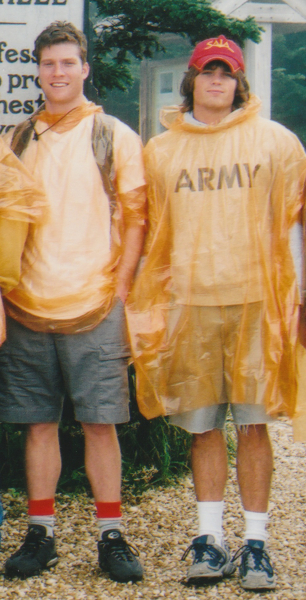
Talihina Sky: The Story of Kings of Leon went on to premiere overseas at Edinburgh International Film Festival, before having a U.K. theatrical run, airing on Showtime, and streaming on Netflix. As I did not attend film school, other movies were a major part of what taught me to be a filmmaker, and the following seven key music documentaries were hugely important in influencing, shaping, and informing how I would eventually assemble Talihina Sky.
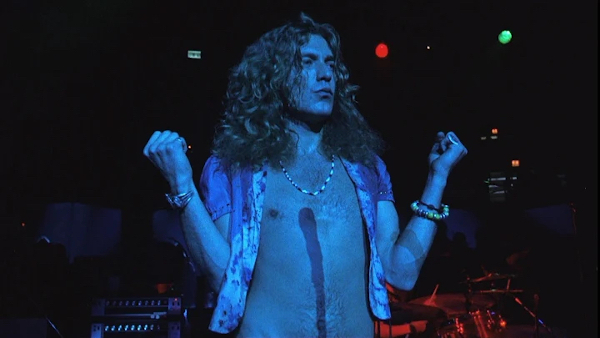
A vivid memory from my Florida childhood, the 1976 Led Zeppelin doc The Song Remains the Same was my introduction to music films. So as to not scratch my older brother’s vinyl records, or get us in trouble with our disapproving religious mother and stepfather, he would spin mostly Van Halen, Aerosmith, ELO and Zeppelin for me. I would sit there listening through his headphones, which were so large that they covered my skull. When I caught him watching The Song Remains the Same and saw the fantasy scenes, it made the band I already loved even more godlike. The Followills would later become friendly with Page and Plant, who are Kings of Leon fans, but when I showed the film to Caleb, the band’s singer, he calmly said, “We’re not doing that.” I think he misread my intentions, but Caleb’s comment reminded me that his childhood had been far from a fantasy, and the backstory of his family band was rare and authentic.
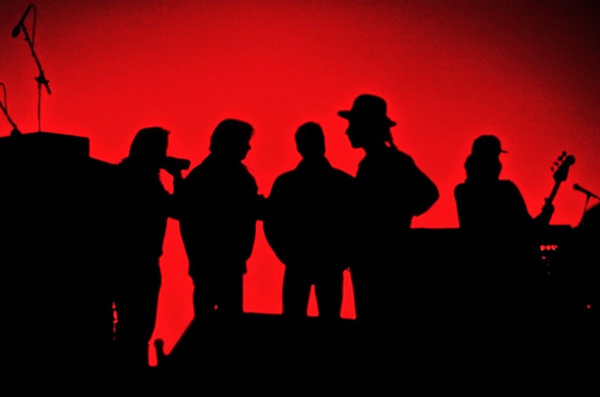
U2 Live at Red Rocks: Under a Blood Red Sky, a 1983 concert film which includes a legendary performance of “Sunday Bloody Sunday,” made the Irishmen stars on MTV. However it was the 1988 doc U2: Rattle and Hum which catapulted the band to superstardom across America when it was shown in mall movie theaters and local drive-ins. I’ll never forget when I first saw the silhouettes of each band member against a dark red backdrop as they walked onto the stage to their song “Where the Streets Have No Name.” And when the cowboy-hat-wearing, ponytailed Bono entered, the crowd roared. Fittingly, Bono chose Kings of Leon to open for the band on U2’s world tour, years after he first watched them play at an early BBC Radio performance, which also led to tours with Bob Dylan and Pearl Jam.
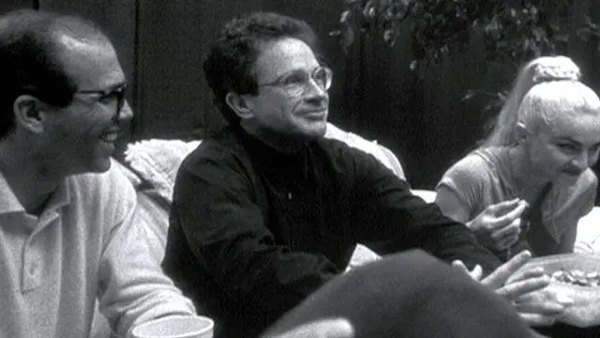
I was a freshman at the University of Central Florida in Orlando when the scandalous 1991 film Madonna: Truth or Dare came out. At the time, when I was trying to find myself after a strict private school upbringing, this documentary had a major impact on me in several ways. Visually, the behind-the-scenes footage was edited in black-and-white to emulate cinéma vérité (a term I would later learn), while the sexy megastar’s performances from her Blond Ambition World Tour were conversely edited in color. The film also featured her background dancers, many of whom were later revealed to be gay and H.I.V.-positive, at a time when AIDS paranoia ran rampant. I am still perplexed that Warren Beatty appears in Madonna: Truth or Dare and threatened Madonna with legal action if certain scenes featuring him were not cut from the film. Stars being a distraction is the reason I chose to not include many legendary actors, musicians, and artists friends of Kings of Leon in our documentary. Trying to explain that mindset to some of them was challenging.
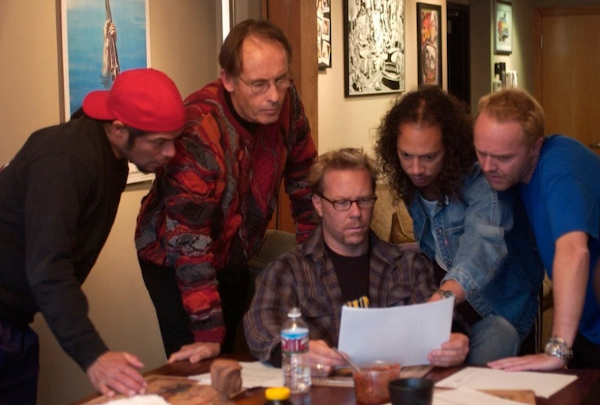
While I was working in the A&R Department at Atlantic Records in New York City, in the early 2000s, there were several documentaries, such as Festival Express and Dig!, which renewed my interest in music films. However, by far, Metallica: Some Kind of Monster was the one that made the biggest impression on me. Joe Berlinger’s 2004 film pulled back the curtain on these rock vikings to reveal their failures, faults, and most shockingly, their vulnerable side during group therapy sessions. In 2012, I was assigned to film drummer Lars Ulrich at Metallica’s Orion Music + More festival and shared my feelings with him about that film and its impact on my own work. After talking with him more, I was flattered when Lars told me that he had watched Talihina Sky and thoroughly enjoyed it.
During pre-production for Kings of Leon’s fifth album, Only by the Night, Caleb showed me Be Here to Love Me, Margaret Brown’s 2004 doc portraying the troubled, dark life of Townes Van Zandt, the acclaimed Southern singer-songwriter who tragically passed away in 1997. I do not think Caleb wanted a tragic ending to his own life story, but I tried to understand his unique burden and sorrows. One late night, a few weeks later, I set up a camera on Caleb’s porch and interviewed him, which ended up being the poignant spine of Talihina Sky. Fortunately, we were able to license Townes’ classic song “Where I Lead Me” to use in the film.
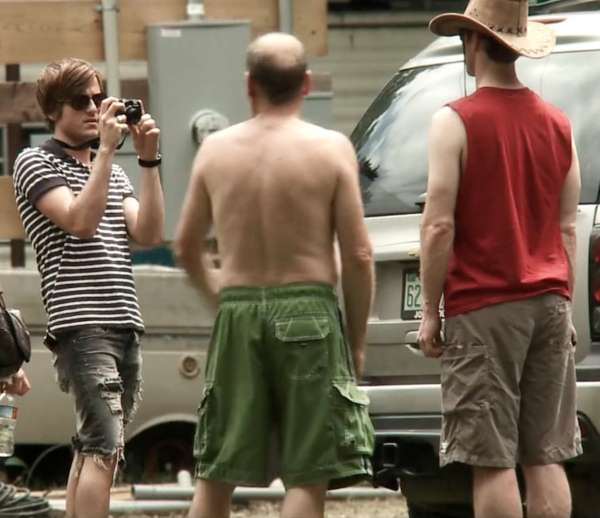
During the promotion of Only by the Night, we took some of my footage and created an online series called Home Movies. This plan was inspired by how The National had released Vincent Moon’s 2008 doc A Skin, A Night simultaneously with their own The Virginia EP. Home Movies not only helped Kings of Leon land the #1 YouTube channel at the time, but also shifted me toward a more concrete vision for our own documentary. Jared and Matt, inseparable cousin clowns, enjoyed making a splash online as internet access and usage was accelerating. Nate and Caleb, sometimes like fraternal twins, were genuinely pleased that this series, which previewed the album and gave a glimpse into their lives, was overwhelmingly embraced. The “Manhattan” music video, Day 23 of Home Movies, featured footage from Reunion Park and of Kings of Leon in the recording studio. When meshed with rare family archival material, it became almost a proof-of-concept for Talihina Sky, a film that would make both the family and band proud.

As I was filming Kings of Leon tour the world with their smash-hit album, the 2009 movie Anvil! The Story of Anvil became a touchstone for me. While I was tinkering with my first assembly of Talihina Sky, I couldn’t stop thinking about how much fun I had watching Anvil! Though it was a gently comedic portrait of the aging metal group, I found myself wanting Anvil! to succeed in their comeback efforts. I may not have been the most qualified filmmaker, but I knew the Followill family had hilarious folks, lit up the camera, and needed to be seen onscreen, a major strength to build upon. And because I was their friend and had filmed them for years, the band acted naturally around me, oftentimes enjoying themselves by trying to make me laugh (or laugh at me!). Showcasing this unseen side of the Followills helped viewers get to know Kings of Leon in ways they hadn’t previously, and also introduced them to new fans.

Now, two decades after first meeting the Followill brothers and their eclectic family, I hope that Talihina Sky will forever entertain audiences and touch hearts, along with making Kings of Leon’s music come alive. And just like the films that shaped me and my work, maybe my work will influence the next generation of up-and-coming documentarians to capture the truth and find a method and style that best tells their own story, with their own unique voice.
Featured image shows Nate Followill talking to Stephen C. Mitchell with Caleb Followill in Talihina Sky: The Story of Kings of Leon.



